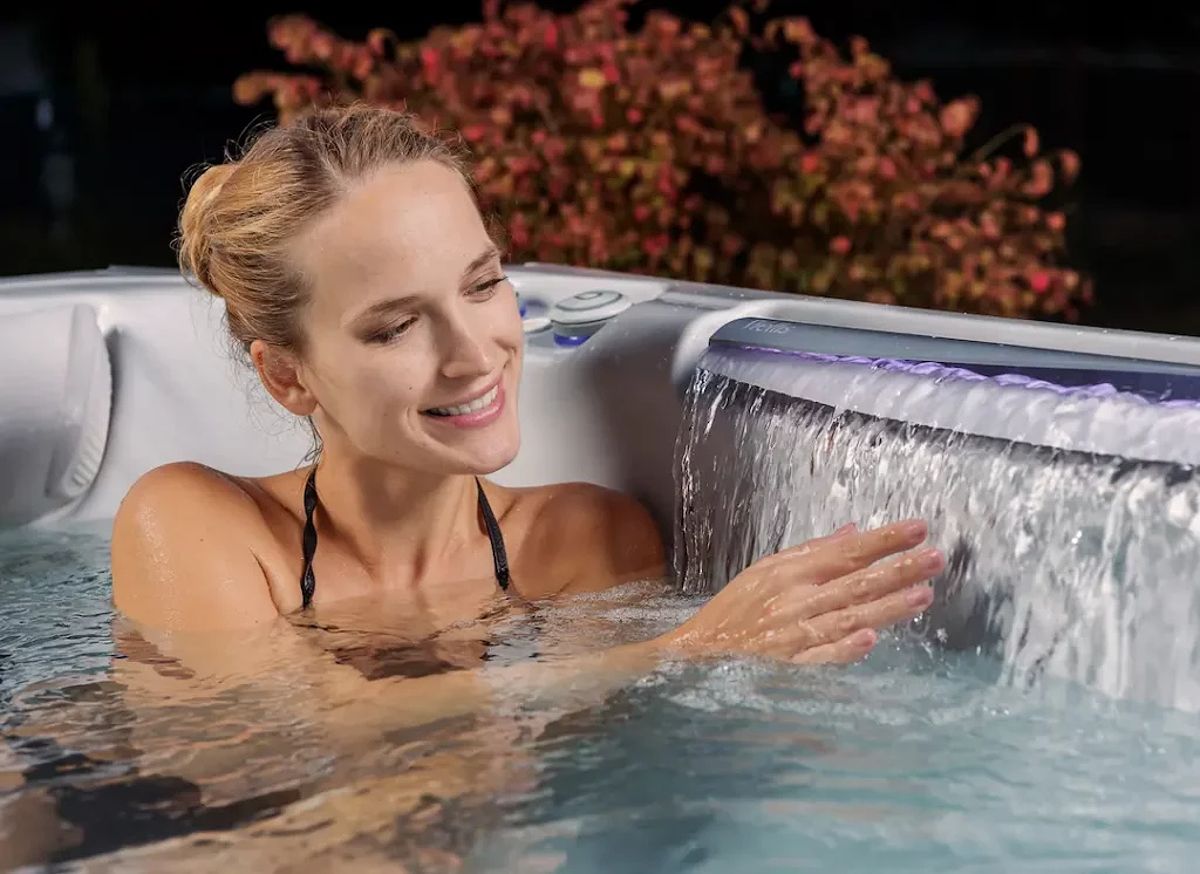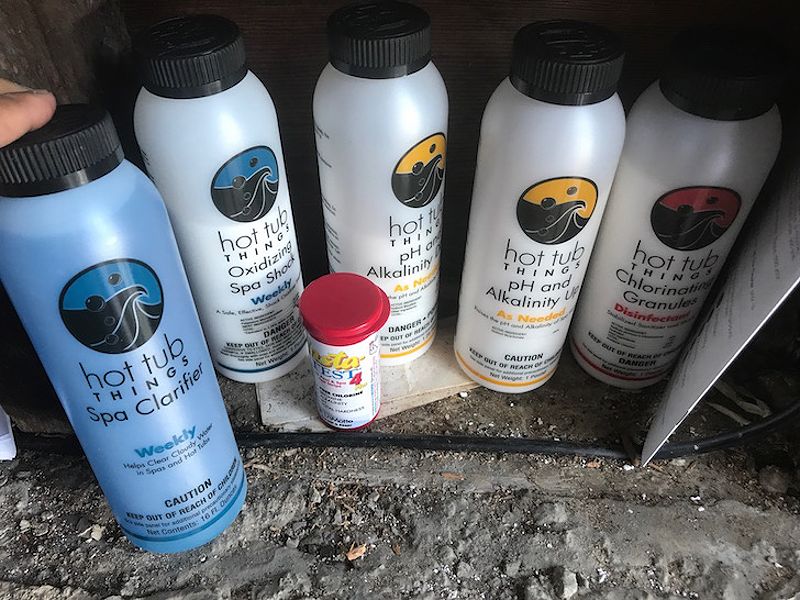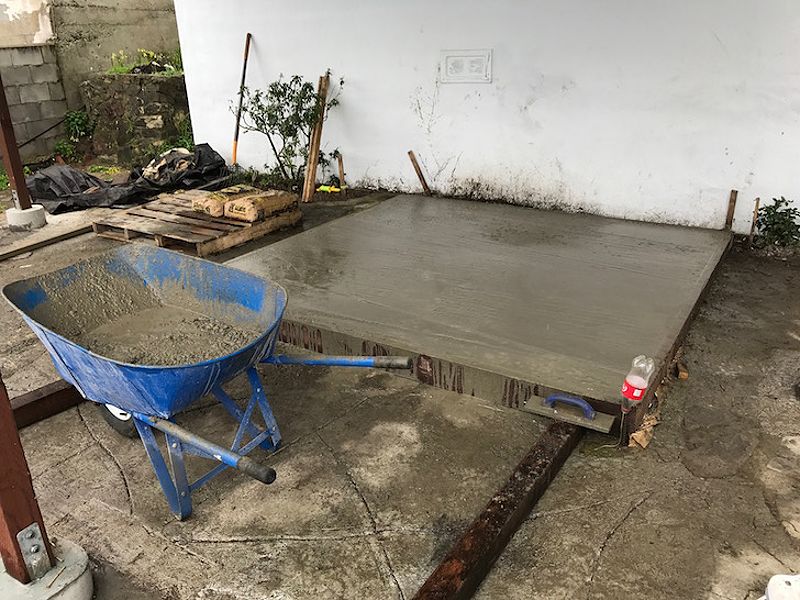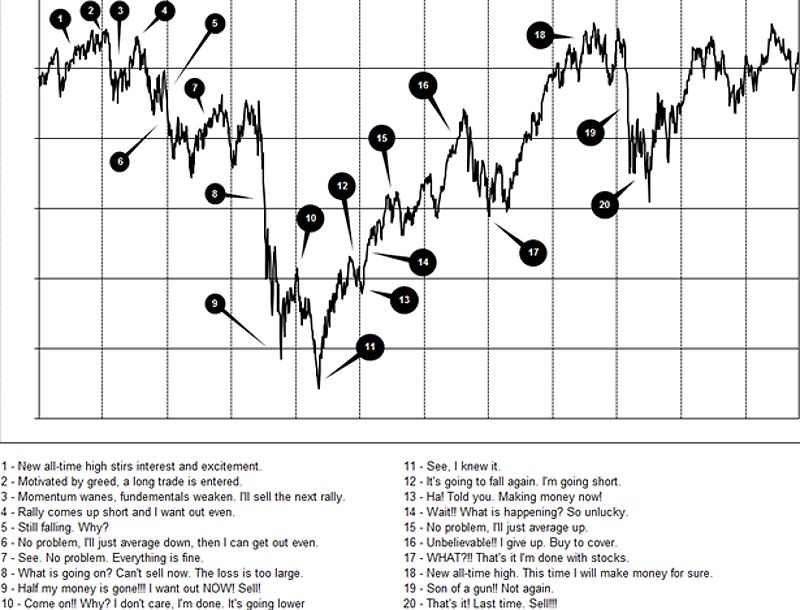The True Cost Of Running A Hot Tub In 2024: A Comprehensive Guide To Monthly Expenses
Imagine unwinding in your hot tub after a stressful day, the warm water easing your aches and worries. But what if we told you that the cost of maintaining this oasis of relaxation could be a significant financial burden? On average, hot tub owners spend 20% of their annual hot tub budget on water care products alone, a cost that can easily add up over time. Understanding the cost of running a hot tub is crucial for anyone considering this investment.
While the initial purchase price may seem manageable, ongoing expenses like energy consumption, maintenance, and water care can quickly escalate. In this comprehensive guide, we will delve into the various aspects of hot tub ownership, breaking down the monthly costs and providing practical tips for budgeting effectively.
Understanding the Cost of Running a Hot Tub
Owning a hot tub can be a delightful experience, but it’s essential to be aware of the average monthly costs associated with it. The hot tub cost per month can vary significantly based on several factors, including energy usage, water care, and maintenance.
Energy Costs: The Biggest Expense
Energy consumption is often the most substantial monthly expense associated with hot tub ownership. On average, homeowners can expect to spend between $25 to $50 per month on energy costs. This fluctuation depends on the hot tub’s size, how frequently it is used, and the local climate.
Modern hot tubs come equipped with energy-efficient features that can help lower these costs. Insulation, high-performance pumps, and advanced heating systems are just a few components that can reduce energy waste. Additionally, utilizing energy-saving modes, lowering the water temperature when not in use, and operating the hot tub during off-peak hours can further decrease your cost to run a hot tub.

Water Care Costs: Keeping Your Spa Clean and Healthy
Maintaining clean and safe water is crucial for both your health and the longevity of your hot tub. The average monthly expenditure on water care products, including chemicals, filters, and sanitizers, typically ranges from $20 to $40.
Your choice of water care system can significantly impact these costs. A traditional chemical-based system may be cheaper upfront, but a saltwater system can provide savings in the long run by reducing the frequency of chemical adjustments and filter replacements. Evaluating the pros and cons of various water care options can help you choose the most cost-effective solution for your hot tub.

Maintenance Costs: Keep Your Hot Tub Running Smoothly
Regular maintenance is vital for ensuring your hot tub operates efficiently and lasts for many years. This includes tasks such as cleaning, filter replacements, and addressing repairs. The average monthly maintenance cost can range from $10 to $30, depending on your hot tub’s size and complexity.
By taking on basic maintenance tasks yourself—like cleaning filters and monitoring water chemistry—you can reduce the need for professional services and keep your costs in check. Establishing a routine maintenance schedule can extend the life of your hot tub and prevent costly repairs down the line.
Factors That Influence Hot Tub Running Costs
While average costs provide a general guideline, several factors can significantly affect the overall expenses of owning a hot tub.
Hot Tub Size and Water Volume
The size of your hot tub and its water capacity play a critical role in determining energy and water care costs. Larger hot tubs require more energy to heat and maintain the desired temperature, leading to higher monthly bills. Likewise, a larger water volume means you’ll need more chemicals and filters to keep the water balanced.
When selecting a hot tub, consider your household’s needs and opt for a size that balances desired features and energy efficiency. For instance, a compact 2-person hot tub may cost around $20 per month to operate, while a larger 6-person model could easily exceed $40.

Hot Tub Features and Technology
The features and technology of your hot tub can also influence your operating costs. Energy-efficient components, such as superior insulation and smart control systems, can significantly reduce monthly expenses. However, additional features like built-in speakers or waterfalls may increase electricity usage.
Researching and comparing the energy efficiency and maintenance requirements of different hot tub models can help you make an informed decision that aligns with your budget and sustainability goals.
Climate and Seasonal Variations
Your local climate can greatly impact the cost of running a hot tub. In colder regions, more energy is required to maintain the water temperature, leading to higher energy bills, especially during winter months.
To manage these seasonal variations, consider investing in a high-quality cover to minimize heat loss. Adjusting the temperature settings based on usage patterns and exploring energy-saving modes can also help mitigate costs during colder months.
Usage Patterns and Frequency
The frequency and duration of your hot tub use will affect your monthly operating costs. The more often you use your hot tub, the more energy and water care products you will need. Establishing a realistic usage schedule can help you predict and control your monthly expenses more effectively.
Tips for Saving Money on Hot Tub Running Costs
Maximizing energy efficiency and minimizing maintenance needs can lead to significant savings. Here are some practical strategies to consider:
Energy Efficiency Strategies
- Invest in a Quality Cover: A well-fitting cover can significantly reduce heat loss when your hot tub is not in use.
- Consider Solar Heating: Explore the feasibility of adding a solar heating system to supplement your hot tub’s energy needs.
- Adjust the Temperature: Set the water temperature to a comfortable level, avoiding excessively high settings to save on energy.
- Utilize Off-Peak Hours: Take advantage of lower electricity rates by running your hot tub during non-peak hours.
Water Care and Maintenance Practices
- Regularly Clean Filters: Keeping filters clean helps maintain optimal water circulation and clarity.
- Monitor Water Chemistry: Adjusting the water’s chemical balance can minimize excessive product usage.
- Perform Routine Maintenance: Regular cleaning and checks can keep your hot tub running efficiently and prevent issues.
Smart Hot Tub Ownership
- Invest in Smart Technology: Choose a hot tub with advanced control systems that allow you to monitor and program energy usage remotely.
- Utilize Energy-Saving Modes: Familiarize yourself with energy-efficient settings and take advantage of features that adjust temperature and filtration based on usage.
Choosing the Right Hot Tub for Your Budget
When selecting a hot tub that fits your budget, it’s crucial to consider both the initial purchase price and the long-term operating costs. Research various models, paying attention to their energy efficiency, maintenance needs, and overall hot tub cost to operate.
Evaluating Hot Tub Models
When evaluating hot tub models, keep in mind the long-term costs associated with ownership. Look for features that enhance energy efficiency and ease of maintenance, ensuring you make a choice that aligns with your financial goals.
Seeking Expert Advice
Consulting with reputable hot tub retailers or professionals can provide valuable insights into finding the right balance between budget and desired features. Their expertise can help you navigate the complexities of hot tub ownership and make informed decisions.
FAQ
Q: How much does it cost to run a hot tub per month?
A: The average monthly cost of running a hot tub can range from $25 to $50 or more, depending on factors such as size, usage, and energy efficiency.
Q: What are the biggest expenses associated with hot tub ownership?
A: The primary expenses are typically energy costs, water care products, and maintenance.
Q: How can I save money on my hot tub’s energy bill?
A: You can save by using the hot tub during off-peak hours, lowering the temperature, using a cover, and investing in energy-efficient features.
Q: What is the best way to maintain my hot tub?
A: Regularly clean and replace filters, balance water chemistry, and perform routine maintenance tasks to keep your hot tub running smoothly.
Conclusion
Owning a hot tub can provide a luxurious and relaxing experience, but understanding the cost of running a hot tub is essential for effective budgeting. By considering factors such as energy consumption, water care, and maintenance, you can plan for the financial aspects of hot tub ownership.
Implementing energy-efficient strategies, practicing proper water care, and maintaining your hot tub regularly can optimize costs and enhance your enjoyment of this indulgent amenity for years to come. Remember to research hot tub models, consult with experts, and take proactive steps to manage your expenses, ensuring your investment continues to bring you joy and relaxation.
MORE FROM pulsefusion.org












